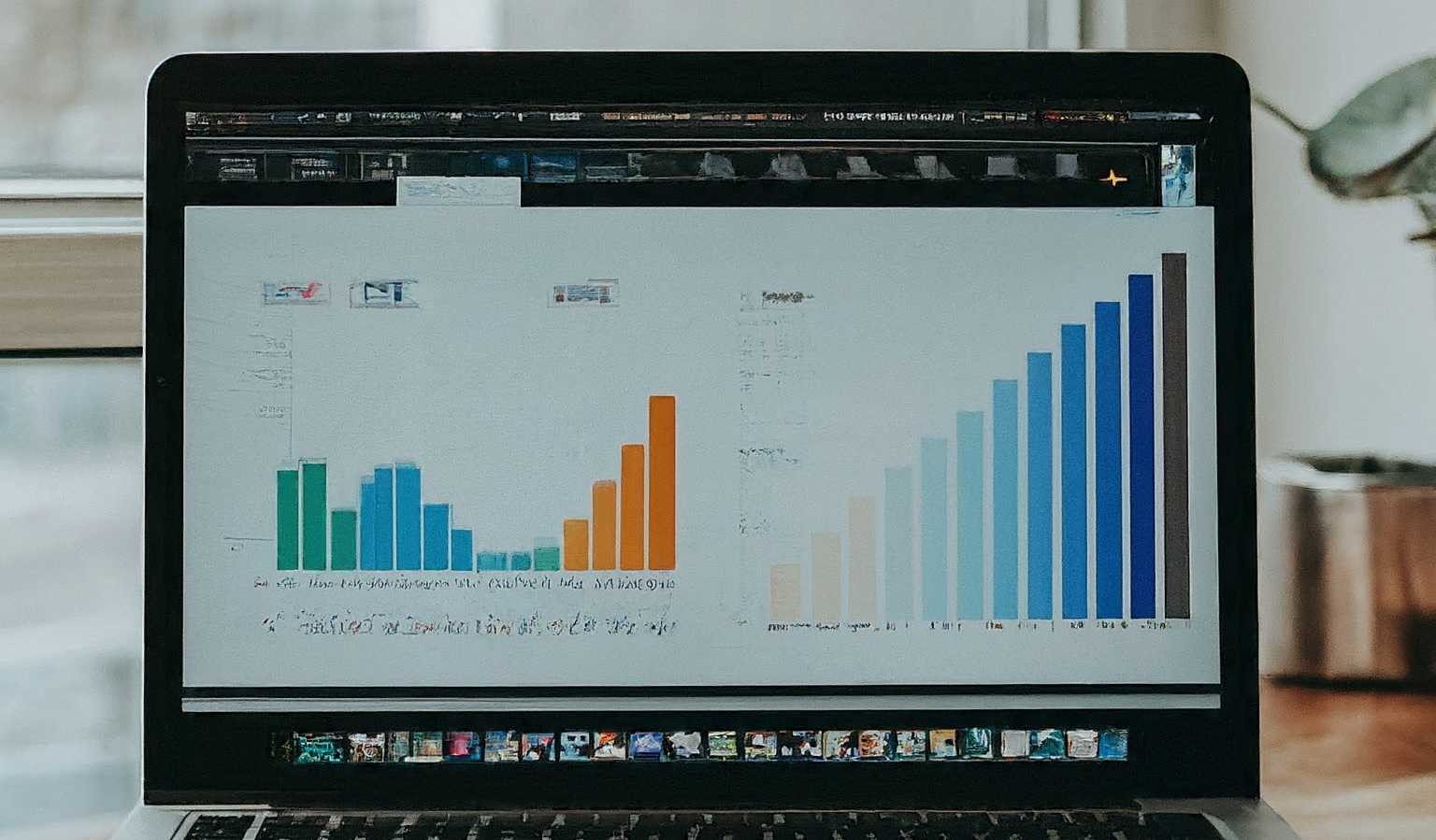Home Blogs Hosting How to Show Different Charts for the Same Data
Posted By: Shriji Solutions
31 August, 2024

Visual representation of data helps in better understanding and interpretation. Different types of charts can convey different insights from the same dataset. This blog will explore how you can display different charts for the same data, enhancing your data storytelling and presentation skills.
Why Use Different Charts For The Same Data?
Data visualization is a powerful tool, but it's important to use the right type of chart. Different charts can reveal unique patterns, trends, and relationships within the same data. For example, while a bar chart can clearly show the distribution of data, a pie chart may be more effective in displaying the proportions of different categories.
Types of Charts and Their Best Uses
It is essential to understand the different types of charts and when to use them to show different aspects of the same data. Below, we discuss the most popular chart types:
1. Bar Chart
Bar charts are one of the most commonly used charts for data visualization. They display data with rectangular bars, where the length of each bar is proportional to the value it represents.
When to Use Bar Charts?
- Comparing prices in different categories.
- When you want to display data trends over time (with horizontal bar charts).
- To visualize data that contains categories or sections.
2. Line Chart
Line charts are perfect for showing data trends over time. They plot data points connected by straight lines and are most effective for displaying continuous data.
When To Use Line Charts?
- To show trends and changes over time.
- When you need to display data points in a specific order.
- When data points are related and must be visualized in a consistent manner.
3. Pie Chart
Pie charts are circular charts divided into slices to show numerical ratios. They are great for showing the relative sizes of data in different ranges.
When To Use Pie Charts?
- When you want to display the overall proportion of each category.
- When the number of categories is small (too many slices can make the pie chart cluttered).
- When data represents parts of a whole.
4. Scatter Plot
Scatter plots use points to show the values of two different variables. The position of each point on the horizontal and vertical axes indicates the value for an individual data point.
When to Use a Scatter Plot?
- To show the relationship between two variables.
- When you want to identify correlations, clusters or outliers.
- To visualize large numbers of data points.
5. Histogram
Histograms are similar to bar charts, but they are used to display the distribution of numerical data. They group numbers into categories (bins) and show the frequency count in each category.
When To Use Histogram?
- To show the distribution and spread of a dataset.
- When analyzing the frequency of events within a data range.
- To examine the size, spread, and central tendency of a dataset.
6. Heat Map
Heat maps use color to represent data values in two-dimensional space, where the intensity of the color indicates the magnitude of the value.
When to Use a Heat Map?
- Showing the relationship between two variables and the magnitude of their correlation.
- When comparing categories or variables.
- To highlight patterns, correlations, or variations in data.
Step-By-Step Guide to Showing Different Charts for the Same Data
Now that we know the types of charts and their uses, let's look at a step-by-step guide to display different charts for the same data.
Step 1: Understand Your Data
The first step in visualizing data is to fully understand the dataset. Identify what the data represents, the variables involved, and what type of analysis is needed. Different types of data call for different types of charts. For example, a dataset containing sales data over several years can be represented using bar charts, line charts, and scatter plots.
Step 2: Choose the Right Chart
Based on your analysis, choose the charts that best represent the data. Consider the following factors:
- Compare: Use bar charts and histograms.
- Trends over time: Use line charts.
- Relationship between variables: Use scatter plots.
- Ratio: Use pie charts.
- Data Density: Use heat maps.
Step 3: Use Data Visualization Tools
To create these charts, you can use various data visualization tools. Some popular ones include:
- Microsoft Excel: Ideal for basic charts like bar, line and pie charts.
- Painting: Suitable for advanced data visualization with interactive capabilities.
- Google Data Studio: Great for creating dashboards with multiple chart types.
- Matplotlib and Seaborn (Python libraries): Great for creating detailed and customized charts programmatically.
Step 4: Customize Your Charts
Be sure to optimize your chart to improve readability and understandability. This includes adding titles, labels, legends, and tooltips. For example:
- Bar Chart: Include category labels on the x-axis and value labels on the y-axis.
- Line Chart: Use markers to highlight data points and add a trend line if necessary.
- Pie charts: Include percentage and category labels.
- Scatter plot: Use different colors for categories and add regression lines for clarity.
Step 5: Interpret the Chart
Interpretation is the key to data visualization. Each chart should tell a story and provide insight. For example:
- Bar chart can show which range has the highest or lowest value.
- Line chart It can reveal whether there is an upward or downward trend.
- Scatter plot You may find it helpful to see correlations or patterns that aren't visible in other chart types.
Step 6: Combine Different Charts
In some cases, it may be beneficial to combine different charts to give more comprehensive information. For example, using bar charts along with line charts can help demonstrate both category comparisons and trends over time.
Step 7: Present Your Findings
Finally, present your data visualization effectively. This involves creating a coherent narrative that ties your charts together, providing a complete picture of the data.
Best Practices for Data Visualization
Here are some best practices to consider when creating different charts for the same data:
1. Avoid Information Overload
Although using multiple charts is beneficial, too many charts can overwhelm the audience. Choose only the most relevant charts that provide unique insights.
2. Maintain Consistency in Style
Consistent color schemes, fonts, and chart styles make your data visualizations more professional and easier to understand.
3. Label Clearly
Always label your charts and provide a legend if necessary. This ensures that your audience can easily understand what each chart represents.
4. Use Interactive Visuals
Interactive charts, such as those available in Tableau or Google Data Studio, can increase engagement by allowing the user to filter and explore the data themselves.
5. Keep It Simple
Simplicity is the key to effective data visualization. Avoid unnecessary elements, such as 3D effects, which can clutter the chart and distract from the data.
Conclusion
Using different charts for the same data can provide a multi-dimensional view, allowing you to analyze and present information effectively. By choosing the right types of charts, optimizing them for clarity, and presenting them consistently, you can transform raw data into powerful insights. Whether you want to show comparisons, trends, relationships, or distributions, there is a chart that can help you communicate your message more effectively.
If you need professional help integrating different types of graphs into your website to present data in an attractive way, consider getting in touch Shriji Solutions For expert assistance.

